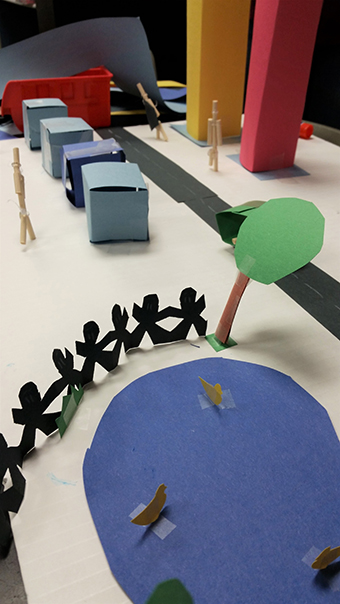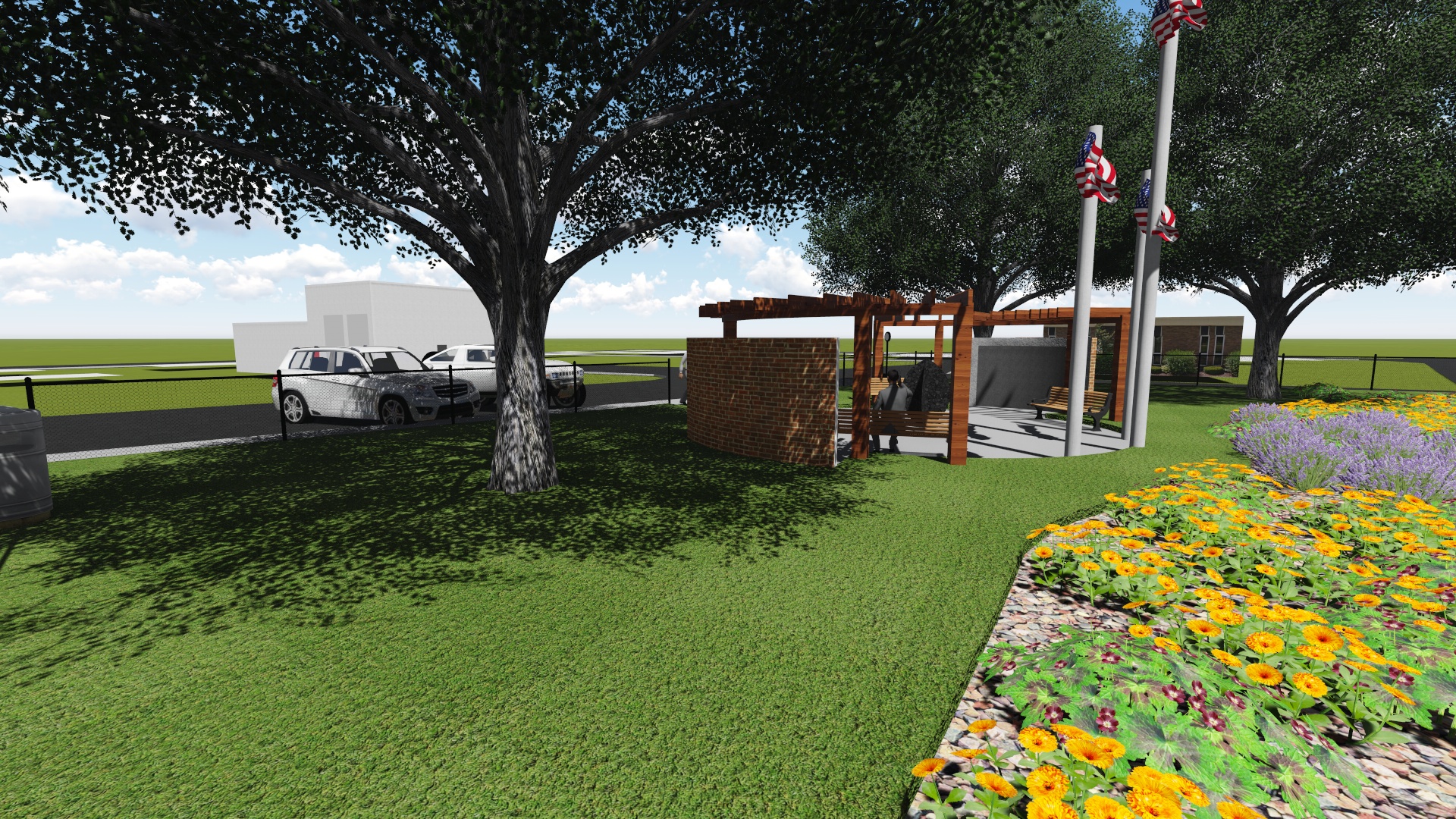The next generation of planners
A few years ago, I helped initiate a new tradition for the Illinois Chapter of the American Planning Association: Planners in the Classroom.

Creative classroom design
This program, originally (and still) held during our State Conference, has expanded to an anytime-and-anywhere opportunity throughout the state. The goal of the program is to engage with children for a few hours and introduce them to the idea of the planning profession. We accomplish this by giving brief introductions, asking them about their favorite places, and then allowing them to break into groups and build their own idea of the perfect community.
Over the years, the children have created some pretty amazing places. Groups have suggested eliminating cars for a monorail. They have made all windows in the community solar panels. They have even ensured their community is 100% self-reliant. Now mind you, we have also seen our fair share of dragon-guarded motes and unicorn farms, but on the whole, the ideas are genuine and not far from the realm of possibility.
Welcome to Everyone
I have found it inspiring and refreshing to watch them work together while creating their ideal city. At the most recent Planners in the Classroom event I attended, we encouraged the children to name their community. The clear winner in my book was, “Everyone.” They even made a welcome sign which read: “Welcome to Everyone.” My little planning heart nearly exploded.
Not surprising, there have also been a few miscommunications. For instance, while chatting with one child about what she would like to see in her community, she asked me about my garden. I didn’t quite understand why she was asking me about my garden, but I said we had the sweet corn in, but had yet to plant the other veggies, like tomatoes and peppers. Then she asked, “What about the herbs? Don’t you plant herbs?” The look on my face must have been puzzling as she then stated, “It would be silly for an Herb Planter not to plant herbs.” After explaining I was an Urban Planner, we moved on to her community. As I later reflected on that interaction, I realized that she actually wasn’t far off.
As planners, we can look at our communities as gardens:
Zoning. Zoning is a way of planting things together with symbiotic relationships that benefit from each other, while keeping invasive, unwanted vegetation and weeds at bay.
Transportation. Transportation is a way of making nice neat rows to ensure clear pathways for ease of harvest, watering and weeding.

Envisioning a new waterfront for Sauk City, Wisconsin
Demographics. Planting a variety of vegetation to improve diet and ensure culinary delights daily. Attracting the right insects and animals to help with pollination and success of the garden.
Housing. Getting the right depth and spacing of plant varieties to give enough space for growth of healthy plants.
Quality of Life. These are the things that set your garden apart from your neighbor’s garden. The fancy new tiller. The freshly-stained raised beds. The new greenhouse with exotic fruits and veggies. The special section of the garden, just for herbs. And of course, the jewel in the crown, the sign over the entrance with your name on it.
As we celebrate October as National Planning Month, I encourage my planning colleagues to go out and be their communities’ herb planters…for everyone.
Because the next generations are coming—with big ideas.

Design for a memorial park in the Village of Annawan, Illinois
Learn more about MSA’s Planning & Economic Development services here, and how our team recently helped La Porte City, Iowa, receive an American Planning Association Award for their Downtown Revitalization Plan.
This article was authored by former MSA Project Planner, Stephanie Brown, AICP, a 6-year employee of the firm. Curious to learn more about our planning work? Connect with MSA’s planning team today!